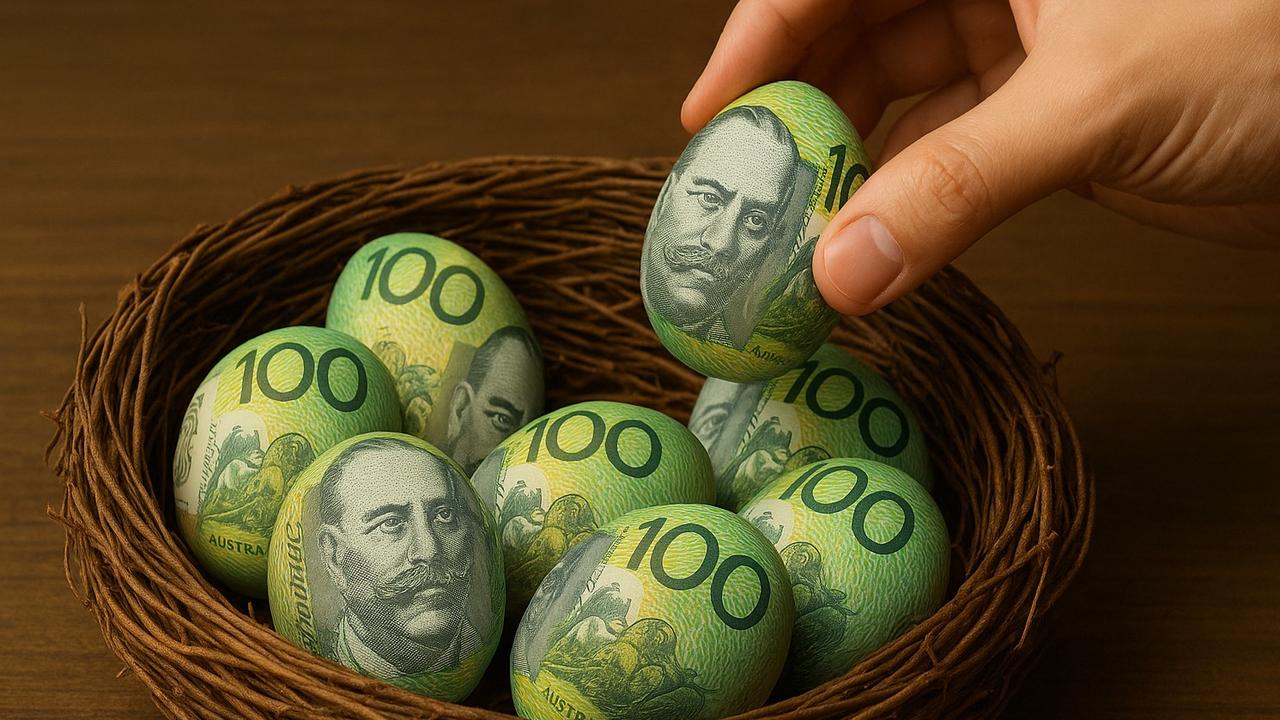Bigger companies are not always better
IN my last column - let's call it Value Investing Part I - I described the framework you need to have to beat the market.
IN my last column, a fortnight ago - let's call it Value Investing Part I - I described the framework you need to have to beat the market. Thinking of the stockmarket as a venue for purchasing pieces of extraordinary businesses rather than as a place to bet on up or down is the first step in replacing speculation and mediocre returns with investing and long-term outperformance.
I am convinced that if you invest in the market using the approach described and applied here, you will produce returns that cannot help but beat the market in the long run. That's because "the market" as measured by the major indices is nothing more than a report of the share price performance of a collection of big companies. Big, however, is not the same as good.
This column will show you how easy it can be to identify the businesses that might receive plenty of press but really should not be in your portfolio.
Forget about the stockmarket and imagine you are funding a business venture. It's 2002 and to kick the business off, you are going to write a cheque for $2.9 billion. Some other investors will put in an additional $1.3bn and together we will borrow $4.4bn. With your money and the bank's safely under my stewardship, I head off to run the business. After a year I report back to you and announce a $439 million profit.
The most important ratio to identify extraordinary businesses and to value them is return on equity. The 2002 profit of $439m represents a return on equity contributed by shareholders of about 10 per cent, which is better than the return available in a bank account and so, encouraged by this early performance, you leave me alone to run the business for another 10 years.
Fast-forward a decade. With inflation of 3.5 per cent eating into each dollar, a profit of $439m in 2002 needs to have grown to $598m today just to maintain your purchasing power.
So what if in 2011 the profit wasn't $598m but just $250m? Let's keep it simple and forget about EPS growth rates, PEG ratios and dividend yields. Here is your question; is a profit decline of $348m over a decade good or bad? You know the answer.
Sharemarket investors tend to focus on profits, the earnings per share and dividends. But business owners aren't only interested in the profits that come out of the business, they also know what has to be reinvested in their business.
You might recall in 2002 you injected $2.9bn and other investors put in an additional $1.3bn to kick the business off. What if I now told you that in addition to profits falling from $439m to $250m over the decade, you had to write cheques to keep the business going? Not only have you lost purchasing power from the decline in profits but you have also written cheques for an additional $1.8bn. Other shareholders have written cheques for $255m. Shareholders have had to inject an additional $2bn between 2002 and 2011. And you now owe the bank $6bn.
Sound like a business you'd like to own? Me neither. If you aren't prepared to own the whole business for 10 years, don't own a little piece of it for 10 minutes.
Contrary to the view that time in the market is more important than timing the market, time is the friend of only an extraordinary business and the enemy of a poor business. The longer you hold shares in underperforming companies, the lower your returns will be.
The numbers above are taken from the annual reports of Qantas, whose share price sits stubbornly below its level of a decade ago.
I can show you the same scenario and outcome applies to many so-called blue-chip companies - companies that have been fillers for the superannuation portfolios of thousands of investors for years. No wonder you are unhappy with the sharemarket.
Stick to quality, avoid the rubbish and watch the sharemarket become a rewarding place to invest again.
Next fortnight: Why profits aren't profitable.
Roger Montgomery is the founder of Montgomery Investment Management



